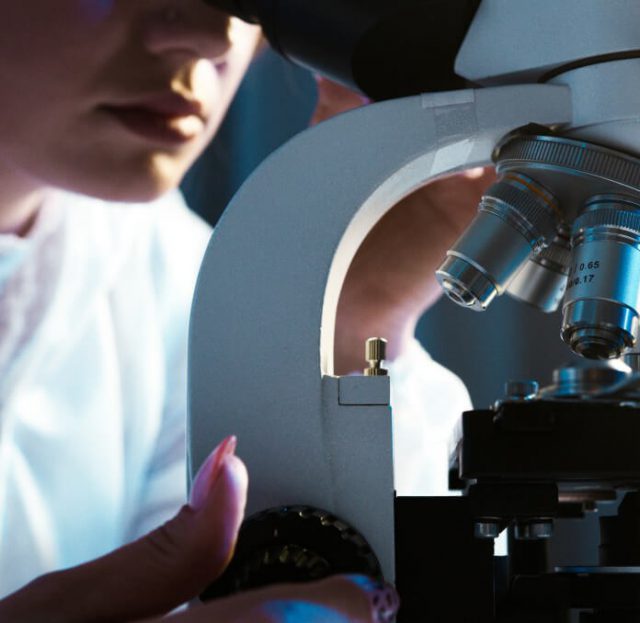To us as humans, aging may seem like a natural part of existence, but in fact many organisms, can be described as biologically immortal.
Our research has yielded findings with implications for addressing a broad scope of age-related conditions such as inflammation, hearing loss, glaucoma, and the loss of the sense of smell. Pioneering research on molecules that control the formation and loss of bone helped lay groundwork for a new type of osteoporosis treatment called romosozumab.
Our research also focuses on aspects of regeneration, the ability of adult stem cells to reproduce many different kinds of cells. We study flatworms, apple snails, killifish and zebrafish to better understand how these unusual cells and animals accomplish such feats, providing possible blueprints for activating these abilities in new contexts and other species.





